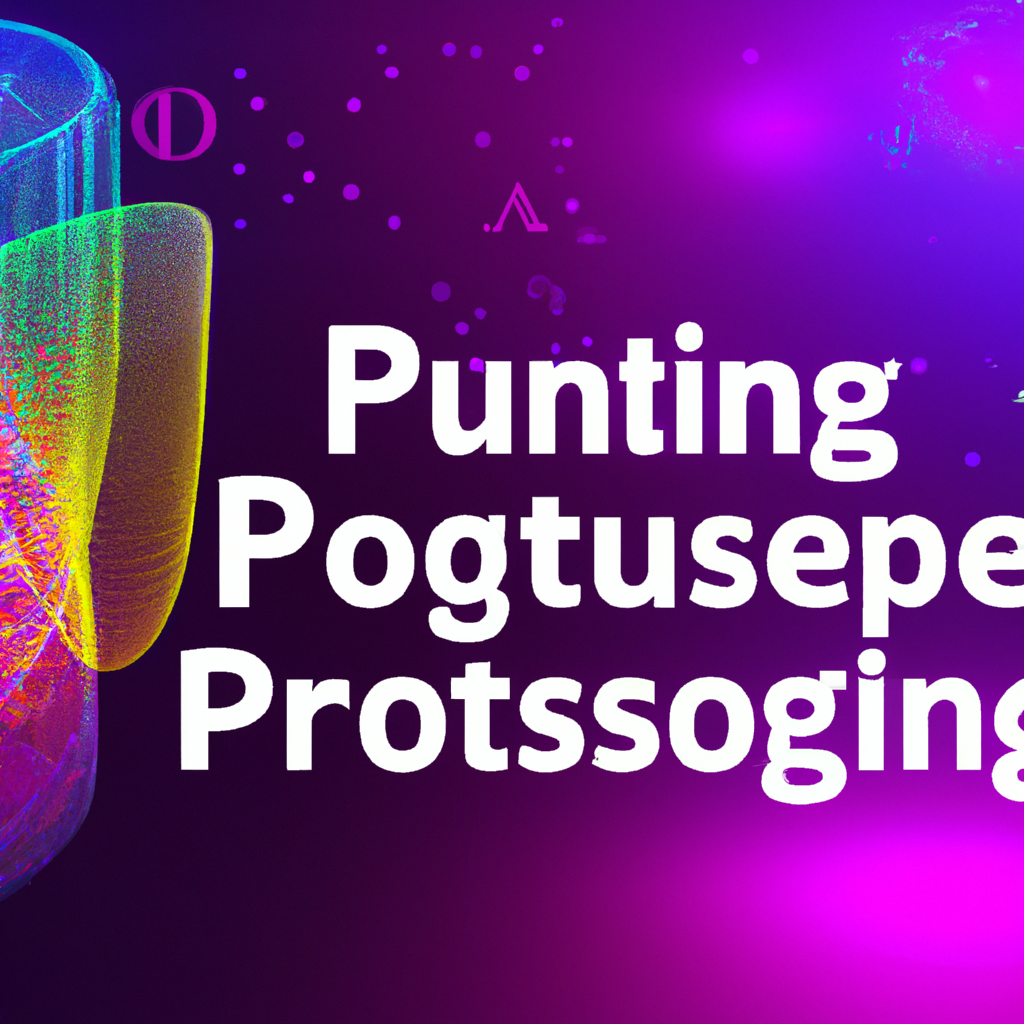Exploring the Potential of Natural Language Processing in Virtual Assistants
Table of Contents
Exploring the Potential of Natural Language Processing in Virtual Assistants
# Introduction:
In recent years, the rapid advancements in natural language processing (NLP) technology have revolutionized the way we interact with computers and digital devices. Virtual assistants, powered by sophisticated NLP algorithms, have become an integral part of our daily lives, assisting us in various tasks and enhancing our overall digital experience. This article aims to explore the potential of NLP in virtual assistants, discussing both the new trends and the classics of computation and algorithms that contribute to their success.
# Understanding Natural Language Processing:
Natural Language Processing, a subfield of artificial intelligence, focuses on enabling computers to understand and process human language in a manner that is both meaningful and contextually accurate. NLP encompasses a range of techniques such as machine learning, deep learning, and linguistic analysis to enable machines to comprehend, interpret, and respond to human language.
# Virtual Assistants and their Evolution:
Virtual assistants have evolved significantly since their inception, thanks to advancements in NLP. Initially, virtual assistants were limited to simple voice commands and predefined responses. However, with the advent of NLP, virtual assistants have become more sophisticated and capable of understanding complex queries and providing contextually relevant responses.
Today’s virtual assistants, such as Siri, Alexa, and Google Assistant, utilize NLP algorithms to not only understand the words spoken but also to infer the intended meaning behind them. They can grasp the context, perform sentiment analysis, and even engage in conversation-like interactions. This level of understanding and contextual relevance has been made possible by the advancements in NLP models and algorithms.
# Key Components of NLP in Virtual Assistants:
To understand the potential of NLP in virtual assistants, it is crucial to examine the key components that make up this technology. These components include:
Speech Recognition: NLP algorithms employ advanced speech recognition techniques to convert spoken language into text. This involves deciphering phonetic patterns, handling accents, and dealing with background noise.
Intent Recognition: Once the speech is converted into text, virtual assistants employ intent recognition algorithms to understand the user’s intention behind the query. This involves identifying the main purpose of the query and extracting relevant information.
Language Understanding: NLP models employ various techniques such as named entity recognition, part-of-speech tagging, and syntactic parsing to understand the structure and semantics of the user’s query. This enables virtual assistants to extract key entities, identify relationships, and comprehend the overall meaning of the query.
Contextual Understanding: NLP algorithms excel at understanding context, allowing virtual assistants to provide accurate and relevant responses. By considering the user’s previous queries, the current conversation, and external factors, virtual assistants can tailor their responses to the specific context, enhancing the user experience.
# Recent Trends in NLP for Virtual Assistants:
The field of NLP is constantly evolving, with new trends and advancements emerging regularly. Some of the recent trends in NLP for virtual assistants include:
Transformer Models: Transformer models, such as BERT (Bidirectional Encoder Representations from Transformers), have revolutionized NLP by enabling contextual understanding at an unprecedented level. These models leverage attention mechanisms to capture dependencies between words and generate highly accurate representations of language.
Transfer Learning: Transfer learning has become a popular technique in NLP, allowing virtual assistants to leverage pre-trained models and adapt them to specific tasks. By fine-tuning pre-trained models, virtual assistants can quickly learn new intents, entities, and domains, reducing the need for extensive labeled training data.
Multilingual Support: With the increasing globalization, virtual assistants need to support multiple languages. NLP advancements have made it possible to build models that can understand and respond in various languages, expanding the reach and usability of virtual assistants worldwide.
Emotion Recognition: Emotion recognition is gaining traction in NLP for virtual assistants. By analyzing the user’s tone, sentiment, and emotional cues, virtual assistants can provide more empathetic and personalized responses. Emotion recognition can significantly enhance the user experience, especially in scenarios where emotional support is required.
# The Classics of Computation and Algorithms:
While it is essential to explore the new trends in NLP, it is equally important to acknowledge the classics of computation and algorithms that form the foundation of this field. Some of the classic algorithms that have paved the way for NLP advancements include:
Hidden Markov Models (HMM): Hidden Markov Models have been widely used in speech recognition and part-of-speech tagging. These probabilistic models capture the underlying structure of sequential data, making them effective in understanding the context and generating accurate predictions.
Naive Bayes: Naive Bayes classifiers have been extensively used in text classification tasks, such as sentiment analysis and spam detection. These classifiers leverage probabilistic principles and assume independence between features, making them computationally efficient and effective in handling large volumes of text data.
Word Embeddings: Word embeddings, such as Word2Vec and GloVe, have revolutionized NLP by representing words as dense vectors in a high-dimensional space. These embeddings capture semantic relationships between words, allowing algorithms to understand similarities and analogies, improving the overall performance of NLP tasks.
# Conclusion:
Natural Language Processing has unlocked immense potential in virtual assistants, enabling them to understand and respond to human language with remarkable accuracy and contextual relevance. Through the integration of the latest trends in NLP, such as transformer models and transfer learning, virtual assistants continue to evolve, providing personalized and seamless interactions. However, it is important to acknowledge the classics of computation and algorithms that have laid the foundation for NLP advancements. By combining the new trends and the classics, virtual assistants have the potential to become even more intelligent, making our digital experiences more intuitive and efficient.
# Conclusion
That its folks! Thank you for following up until here, and if you have any question or just want to chat, send me a message on GitHub of this project or an email. Am I doing it right?
https://github.com/lbenicio.github.io

